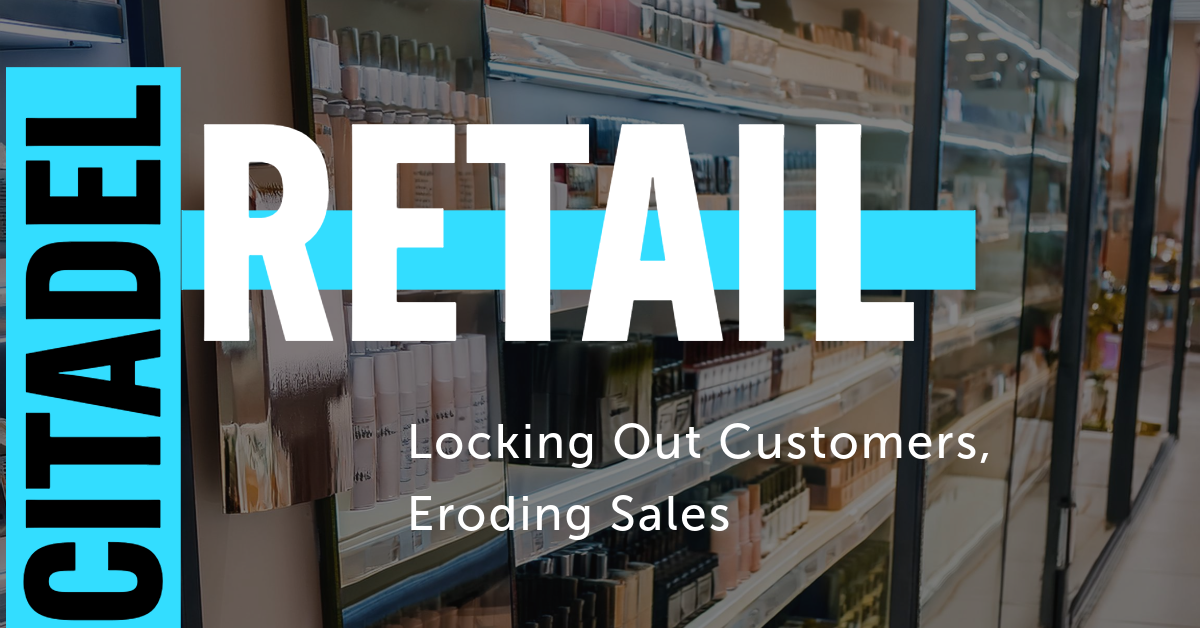Apple vs. Meta: The Battle for Product-Market Fit Dominance
Tam Danier • 2024-02-07
Apple and Meta are locked in a battle for dominance in the product-market fit (PMF) of their respective AR and VR offerings. Apple focuses on integrating AR glasses seamlessly into daily life, while Meta emphasizes the metaverse concept and immersive VR experiences. Both companies face challenges in terms of business models, technological feasibility, and user adoption, but their visions of the future will shape the digital landscape.
In today's digital era, two tech titans, Apple and Meta, are locking horns in a struggle for market share and establishing a deeper product-market fit (PMF) with their respective new offerings. The key to winning this battle lies within GIO’s strategic DVFU framework, which disaggregates PMF into four crucial components: Desirability, Viability, Feasibility, and Usability.
Desirability: Who Wants This?
Apple, known for its sleek designs and user-centric products, has its finger on the pulse of consumer desires. Their rumored augmented reality (AR) glasses are expected to mesh seamlessly into daily life, enhancing how individuals interact with the world through information overlays and immersive experiences. On the other hand, Meta's focus on virtual reality (VR) and the broader metaverse concept emphasizes escapism and connection in a digital landscape.
Photo Credit: Apple
Apple's AR Glasses: These glasses might attract consumers looking to integrate digital enhancements into real-world interactions without disconnecting entirely. Applications could range from navigation aids to real-time translation, appealing to a broad user base.
Meta's VR and Metaverse Proposition: Meta's offering is inherently designed for a future where a significant portion of social interaction, entertainment, and work occurs in virtual spaces. The desired audience includes gamers, remote workers, and social media enthusiasts.
Photo Credit: Meta
Viability: The Business Model
Both companies have drastically different approaches to revenue.
Apple: Historically, Apple's strategy revolves around premium pricing for hardware complemented by a growing services segment. They are likely to bank on their strong brand loyalty and the promise of a unified ecosystem to justify a higher price point for AR glasses.
Photo Credit: Apple
Meta: Mark Zuckerberg's company, rooted in free services monetized through advertising, faces a shift as it moves towards hardware sales with its VR headsets. The viability of their model depends on achieving a critical user mass and developing new monetization strategies within the metaverse, including virtual goods, services, and advertising.
Photo Credit: Meta
Feasibility: Technological Constraints vs. Advantages
Technology is the linchpin of feasibility. Who has the edge regarding research, development, and potential IP?
Apple: Apple's notorious secrecy means that the technological prowess of their AR project remains under wraps. However, given their track record with integrating hardware and software, they could have an edge here, particularly with chip efficiency and battery life.
Photo Credit: Apple
Meta: Meta's head start with the Oculus series gives them an advantage in existing VR tech. However, they must push boundaries further, scaling those technologies to create an expansive and engaging metaverse. The race is on to tackle issues like motion sickness, latency, and the ‘uncanny valley.’
Photo Credit: Meta
Usability: Platform Adoption Battles
The ultimate success of Apple and Meta’s products hinges on adoption rates and usability standards. Which offer will captivate users more effectively?
Apple AR Glasses: Assuming they maintain their commitment to intuitive design, Apple's glasses could become as widespread as the iPhone if they are as user-friendly. They must offer seamless integration with existing devices and services to encourage uptake.
Photo Credit: Apple
Meta's Metaverse: Usability here is more complex, demanding user investment in learning the platform and the new concept of the metaverse itself. The VR experience must be compelling enough to overcome the friction of adopting a new mode of daily operation.
Photo Credit: Meta
Two-Player Market and USP/Differentiators
It's reasonable to expect a multi-player market, especially considering the vast potential applications of AR and VR technology. However, the unique selling propositions (USPs) of Apple and Meta will be critical.
Apple might position its AR solution as enhancing productivity and lifestyle, focusing on accessibility and integration.
Meta will likely emphasize the immersive nature of its VR offerings and the potential for novel social and gaming experiences.
Potential, Pitfalls, and Tradeoffs
Apple's bet is on the idea that users want augmentation, not replacement, of reality. The potential here is massive if they can make the technology pervasive and indispensable. The pitfall lies in the possibility of consumers needing to see more value in the marginal convenience offered by AR over existing smartphone functionality.
Meta’s gambit is on creating an entirely new digital frontier, which could redefine social interaction and online communities. The pitfall is the risk that users won't fully commit to the metaverse concept due to tech limitations or simple reluctance to embrace such a radical shift.
The Bet, Each Major Player, Is Making
Apple is betting on its legacy of integrating technology into everyday life, expecting AR to follow the adoption trajectory of smartphones and tablets.
Meta is wagering that the future of social interaction and entertainment is online, in a fully realized digital universe. They are betting on a shift in how we perceive and interact with digital content.
Ultimately, Apple and Meta are making significant bets on their visions of tech's future. Using GIO's DVFU framework, we can see a contest where both desirability and usability will be paramount. Apple's play for a ubiquitous AR experience faces off against Meta's bold venture into the virtual realm of the metaverse. The game is on, and the market will ultimately judge which vision aligns with the consumers' desires and lifestyles, shaping our digital future.
The GIO Team
About The Good Design | Center of Excellence Newsletter
For digital leaders aiming to drive growth through human-centric innovation, the Good Design Center of Excellence newsletter offers an inside look at GIO's approach. You'll gain strategic insights through digestible videos and articles to bridge the gap between vision and execution.
Seeking to unlock the future? Who better to provide the key than Generation Z themselves?
Good Ideas Only will conduct an immersive discovery sprint to reveal transformational insights into Gen Z behaviors and preferences. A limited number of exclusive sponsorships are available for enterprises seeking an inside track to engage this powerful consumer demographic. You can take advantage of this opportunity to gain proprietary intelligence tailored to your brand's innovation needs.
Good Ideas Only is a strategy and design studio that takes an outside-in approach to identify upcoming opportunities. Our "Good to Know" series provides leaders with strategic foresight on evolving consumer behavior and technology trends. We would appreciate your feedback on the first episode and suggestions for future topics. Feel free to respond if you have any problems you would like us to mull over. Our team of innovators and designers is here to help you bridge the gap between your vision and its execution.
Miami | Atlanta | New York | LA














